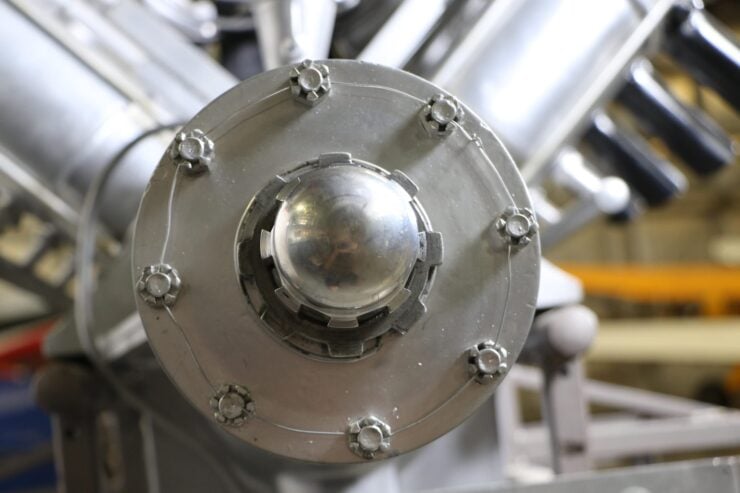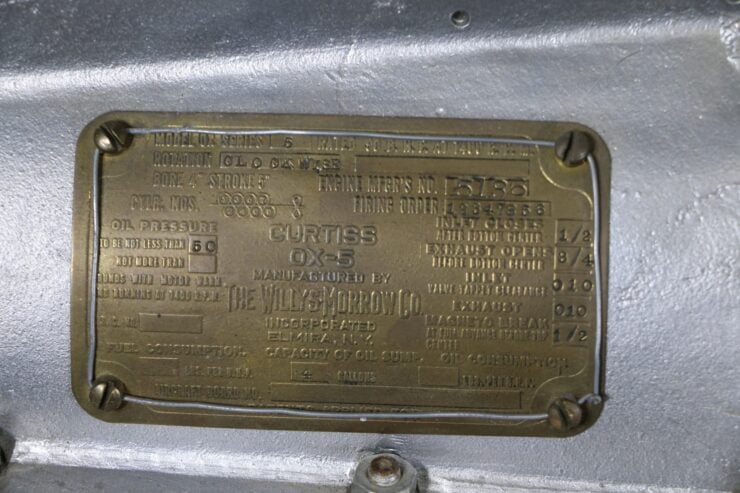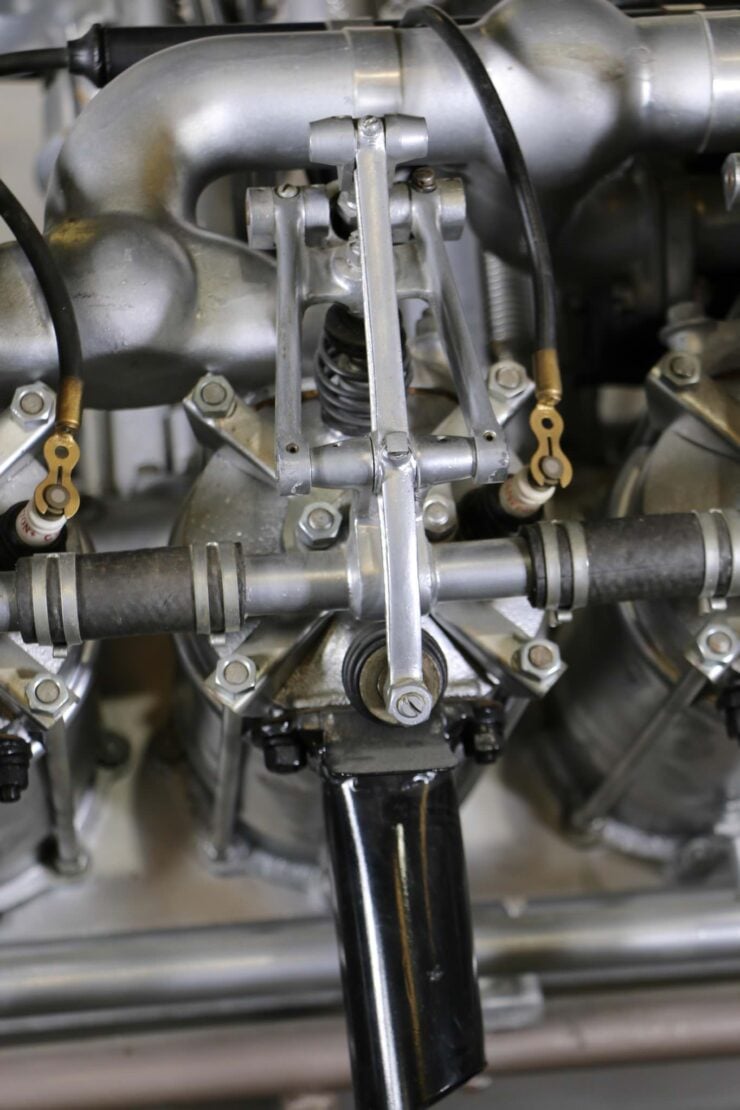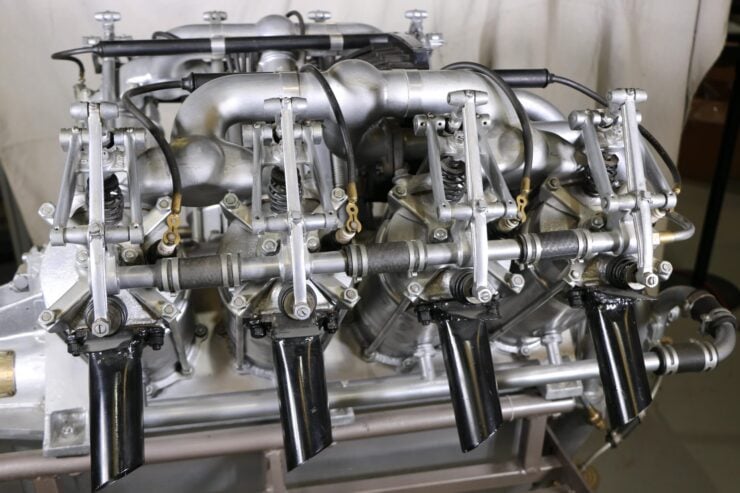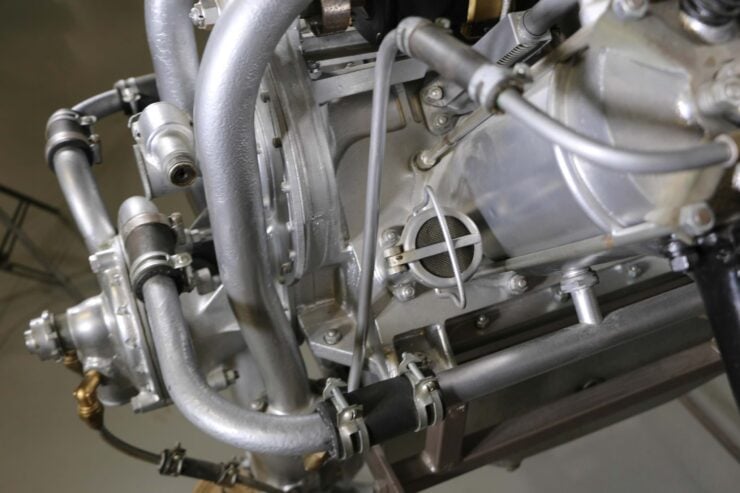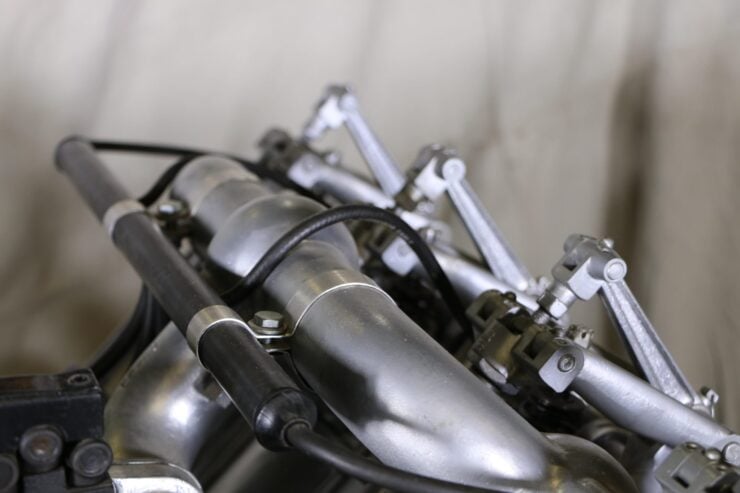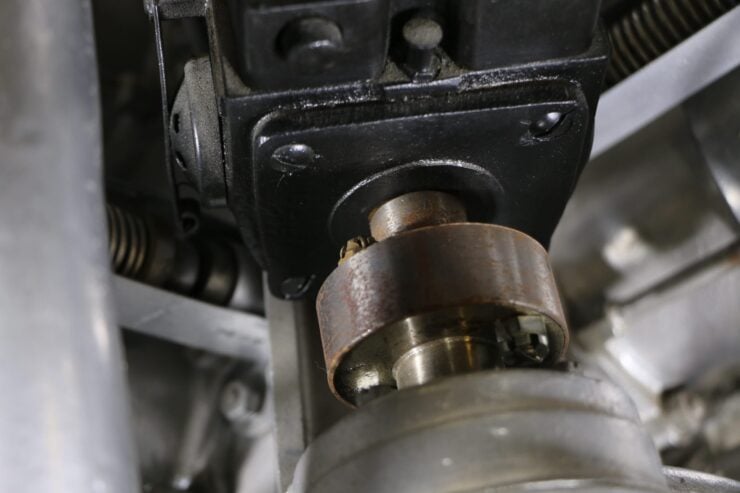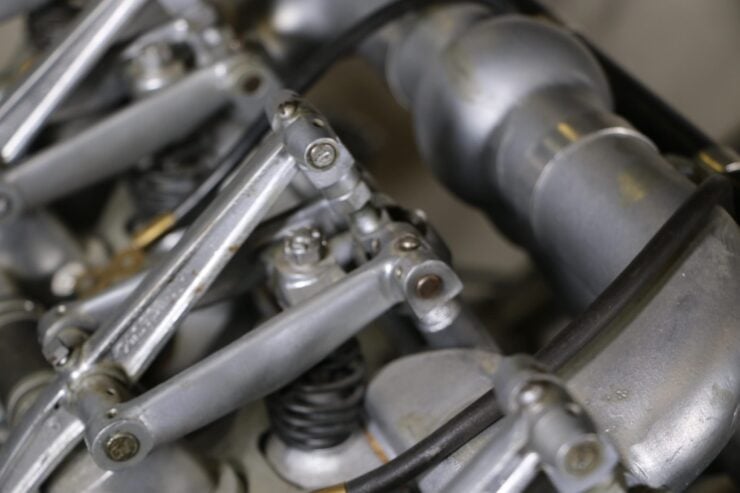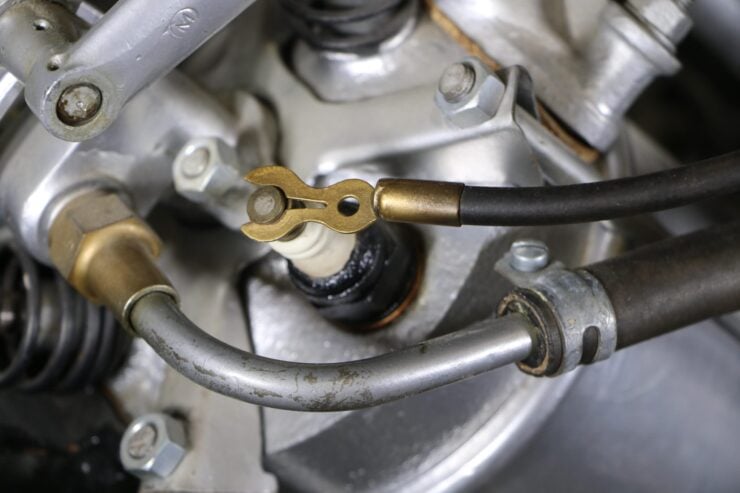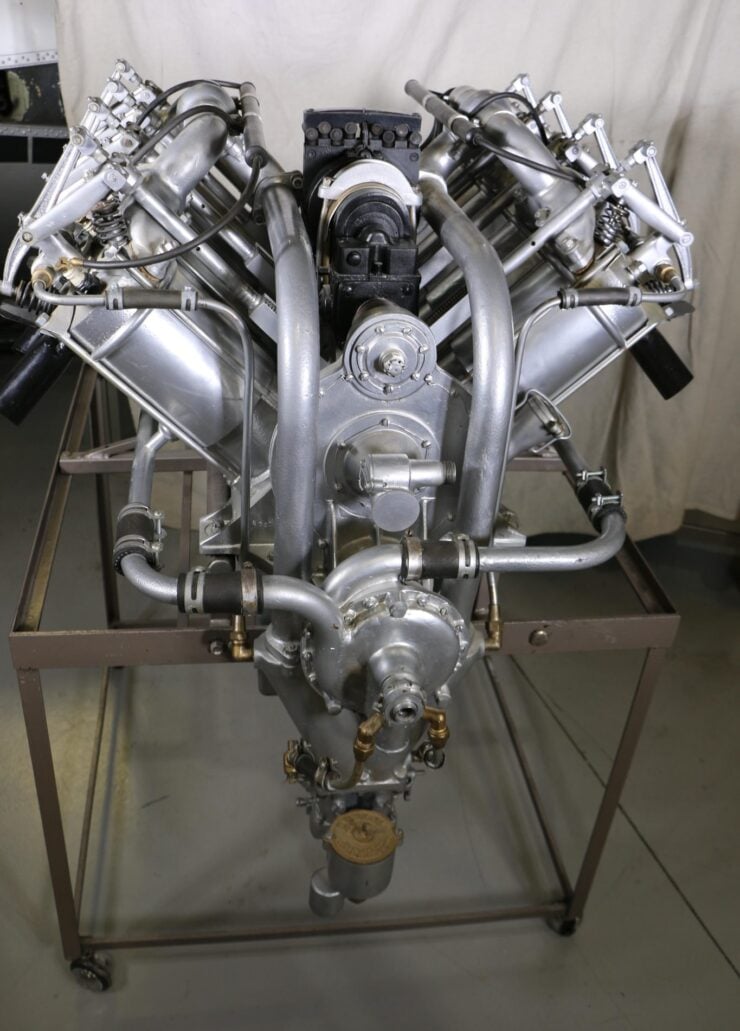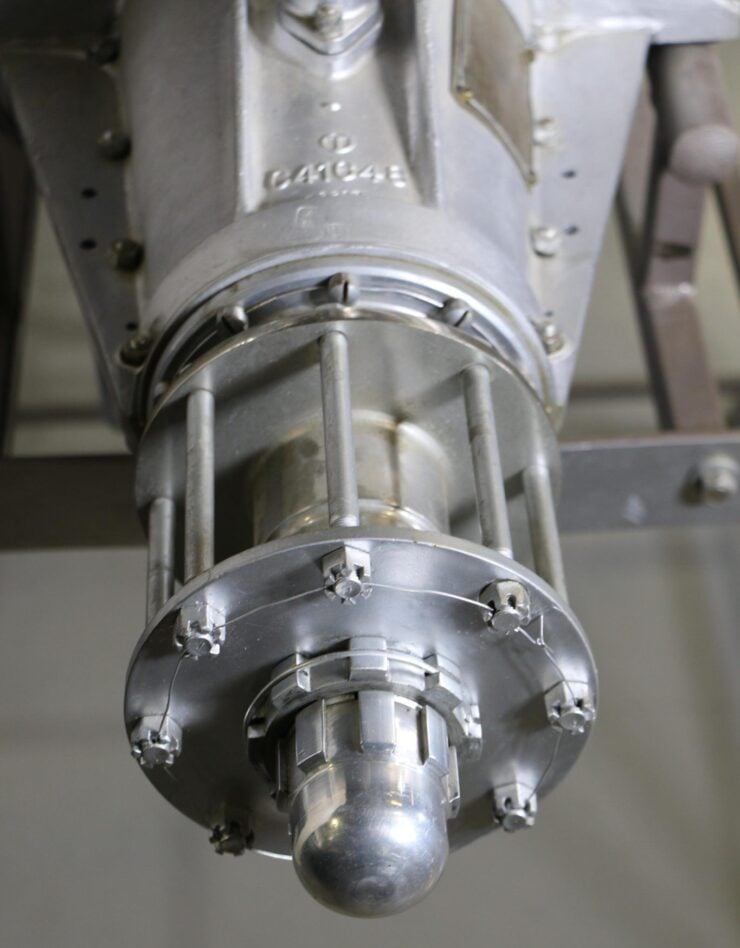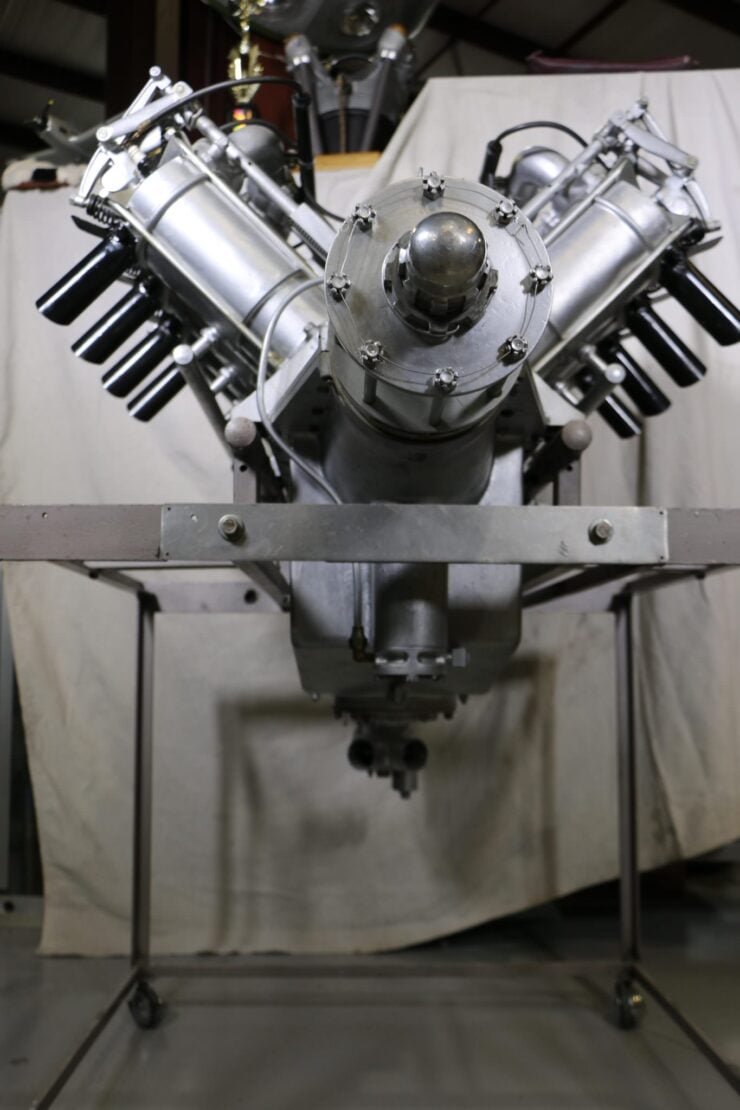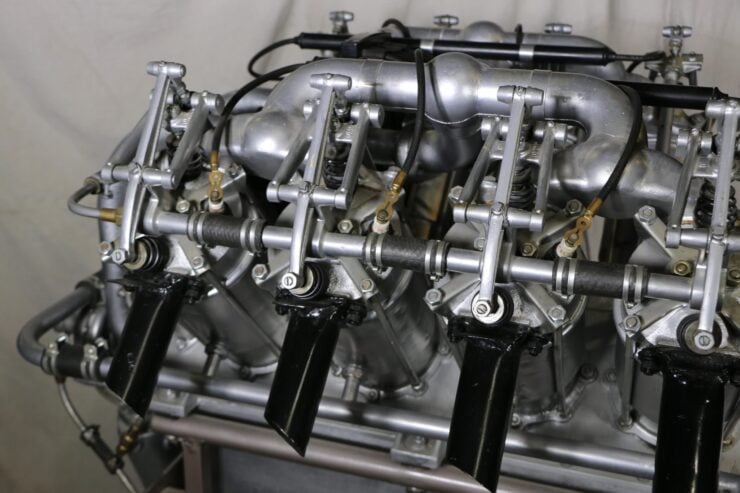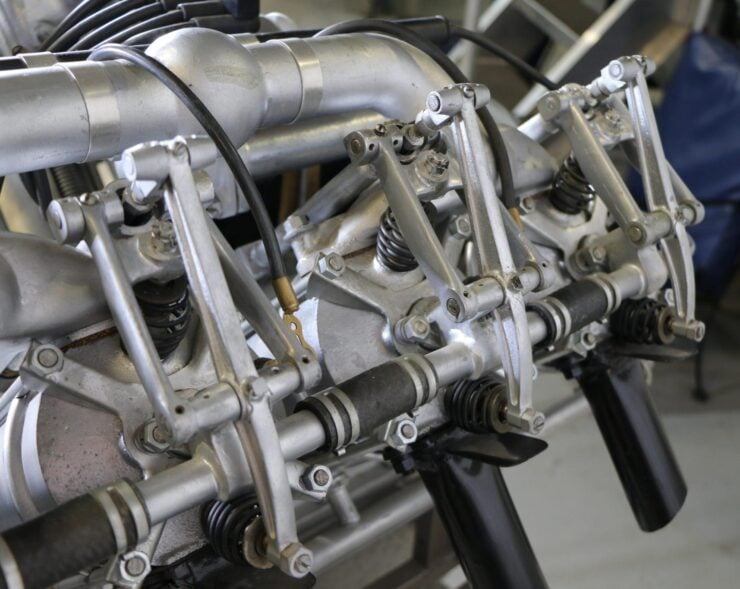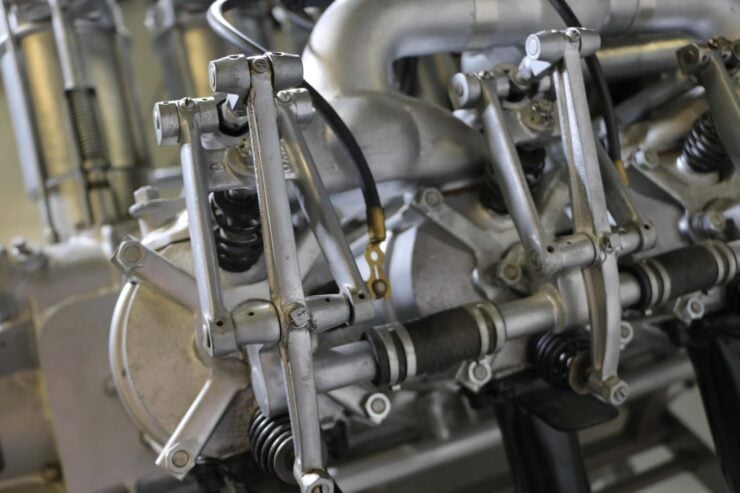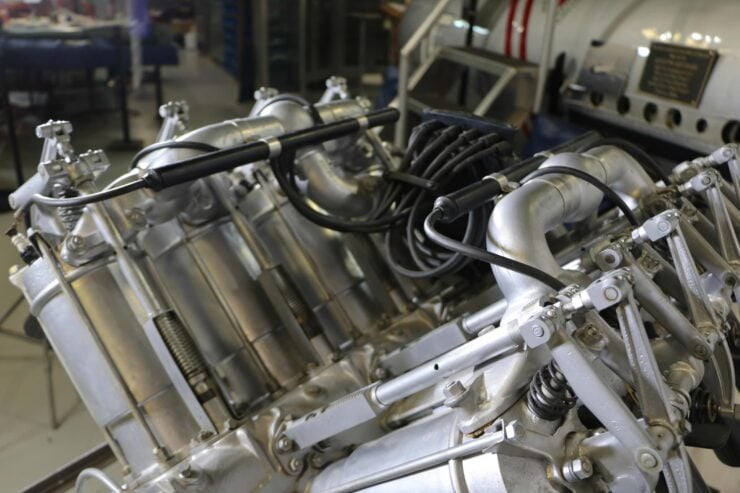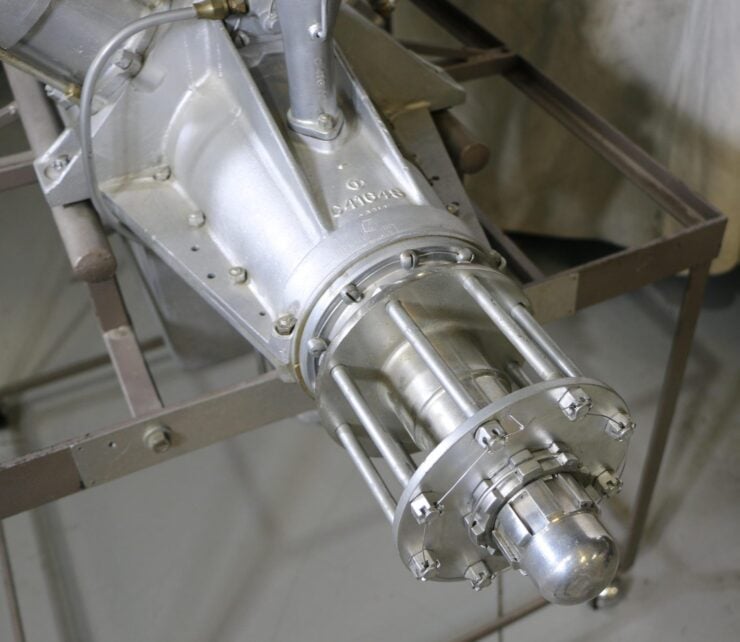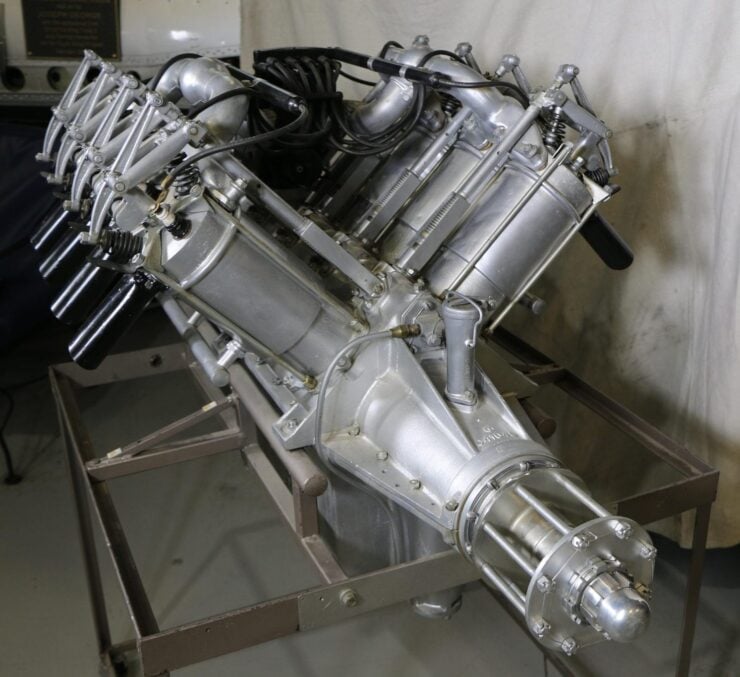This is a rare Curtiss OX-5 V8, the first mass-produced American aircraft engine and an influential early V8 design from long before the V8 would become an American production car staple thanks to the 1932 Ford V8.
The OX-5 would be produced in vast numbers, with over 12,000 made, and it powered many early American aircraft. It was also used extensively for early American pilot training, and it remained in regular use right the way through into the 1930s.
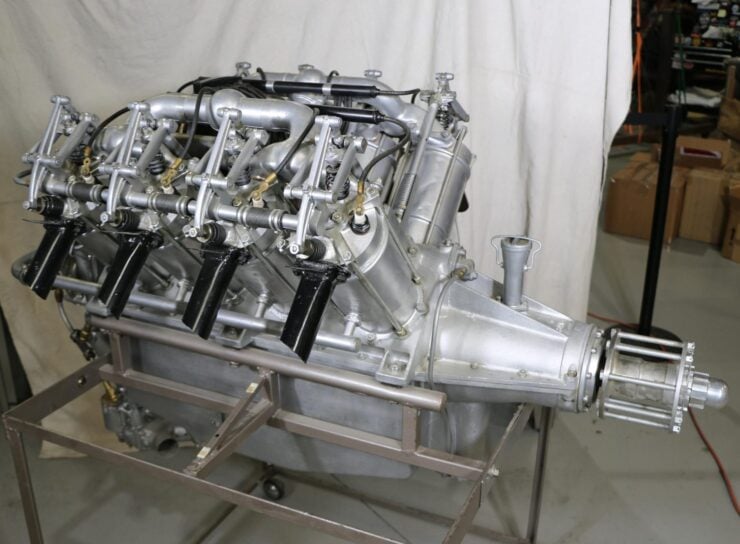

History Speedrun: The Curtiss OX-5 V8
The Curtiss OX-5 was the first American aircraft engine produced in significant numbers, marking one of the most important early turning points in the country’s aviation development. Designed by Glenn Curtiss and his engineering team in the early 1910s, the OX-5 was a continuation of earlier Curtiss V-type engine experiments, which were themselves derivatives of engines originally developed for motorcycles.
The OX-5 evolved from the 1909 Curtiss Model O engine, eventually settling on a liquid-cooled 90º V8 layout that was relatively simple, rugged, and cheap to build in high-volumes. Mechanically, the OX-5 used cast iron cylinders mounted to an aluminum crankcase – its intended use in aircraft meant that weight was at an absolute premium.
The design employed a single camshaft located between the cylinder banks, with pushrods actuating the overhead intake valves and exhaust valves located in the cylinder block. It had a bore and stroke of 4 inches by 5 inches, producing 90 bhp at 1,400 rpm.
This would be considered a low rpm for peak horsepower today, but back in the 1910s rpm levels were much lower for a multitude of reasons, not the least of which was the early state of engineering development and the difficulty in mass-producing high-precision engine parts.
Though underpowered by European wartime aircraft engine standards, its 503 cubic inches of displacement and relatively high torque made it suitable for the low-speed, high-lift propellers used in early trainer aircraft. The engine entered full production by 1915 and became the standard powerplant for the Curtiss JN-4 “Jenny,” a biplane trainer used by the U.S. Army Air Service during World War I.
Above Video: This silent footage from 1918 shows a fleet of US Army Curtiss JN-4 “Jenny” aircraft in action, this model was powered by the Curtiss OX-5 V8.
Over 12,600 OX-5 engines were built, with production continuing into the postwar period as surplus units flooded the civilian market. By 1919, the engine was no longer considered suitable for front-line service, but its availability and low cost made it a key powwerplant of the barnstorming era of the 1920s – a time when aviation really went mainstream.
Despite its historical importance, the OX-5 was not considered a particularly reliable or mechanically sophisticated engine. It lacked dual ignition – using only a single spark plug per cylinder. This meant that if there was a failure anywhere in the electrical ignition system, the engine shut down – an issue that didn’t cause shut off in dual ignition engines.
The OX-5 also required frequent maintenance, particularly lubrication of the valve gear which was susceptible to early wear and failure otherwise. Overhaul intervals were often limited to 50 operating hours. Nevertheless, it was the best available domestic option at the time for most and became the primary workhorse of early American aviation.
After World War I, many OX-5 engines were sold as surplus, sometimes for less than $50. They powered a wide range of civilian aircraft, including models from Waco, Travel Air, Fleetwing, and others. The engine also found use in some marine and experimental applications. It remained in limited use into the early 1930s, after which time more modern radial engines replaced it, offering a better power-to-weight ratio and improved reliability.
Surviving examples of the OX-5 can be found in museums including the Smithsonian’s National Air and Space Museum and the Glenn H. Curtiss Museum in Hammondsport, New York.
The engine’s historic significance lies less in its performance and more in its role as the backbone of early American pilot training and civilian aviation during the critical early years of heavier-than-air aviation.
The Curtiss OX-5 V8 Engine Shown Here
The engine you see here is an original Curtiss OX-5 V8 that has had its internal moving parts removed, it’s been repainted and set up for display purposes.
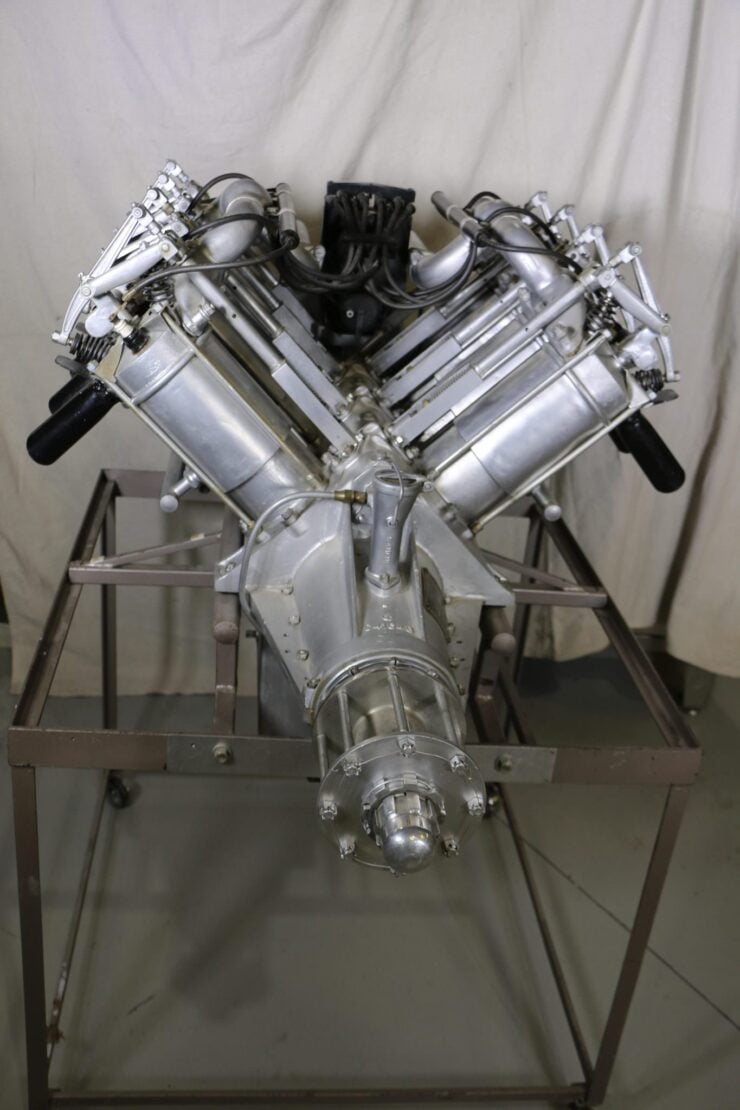


Externally the engine looks complete however, and it’s now being offered for sale with the proceeds going to the Air Combat Museum, a 501(c)(3) non-profit organization that is dedicated to preserving aviation history.
It’s being offered for sale out of Springfield, Illinois on Bring a Trailer with a bill of sale. If you’d like to read more about it or register to bid you can visit the listing here.
Images courtesy of Bring a Trailer


